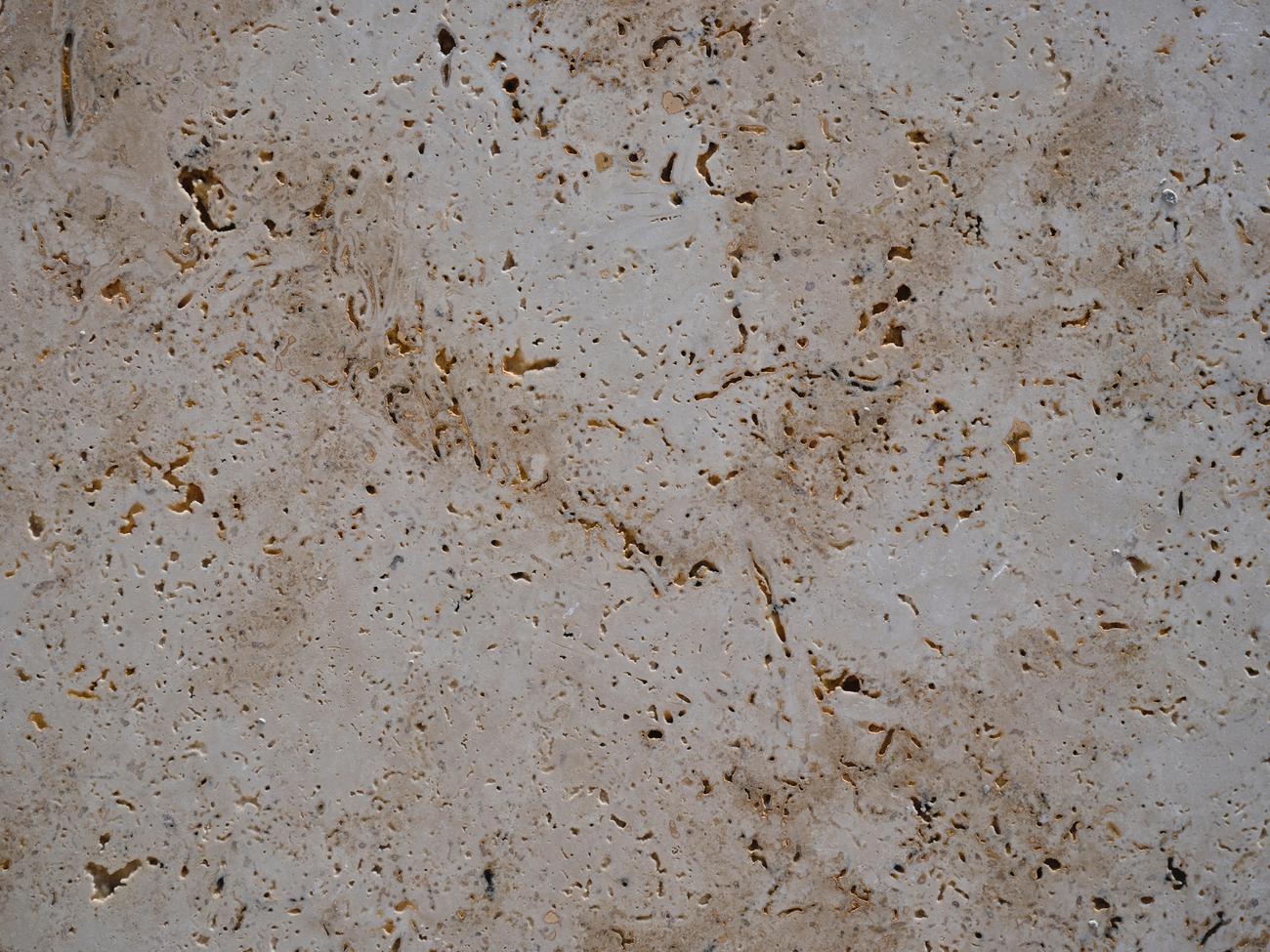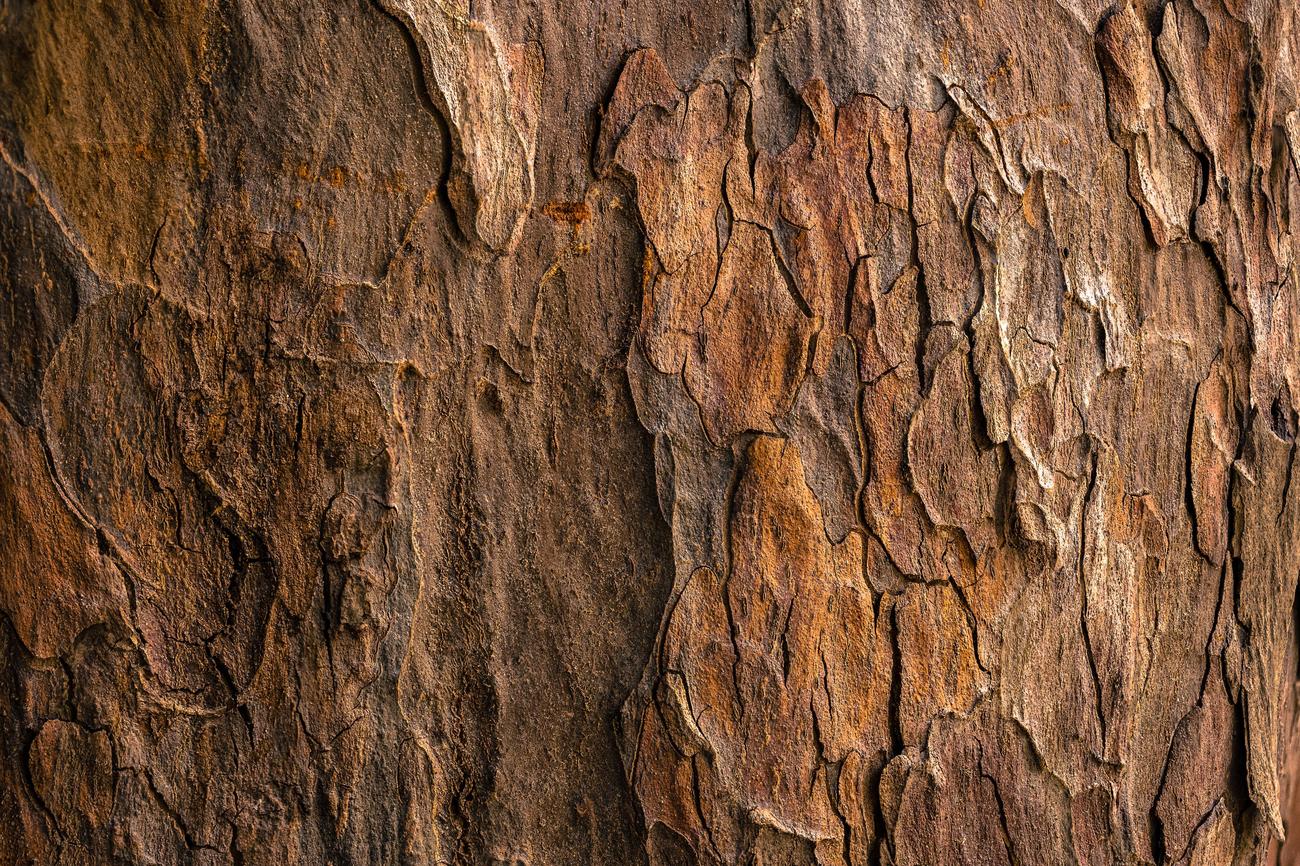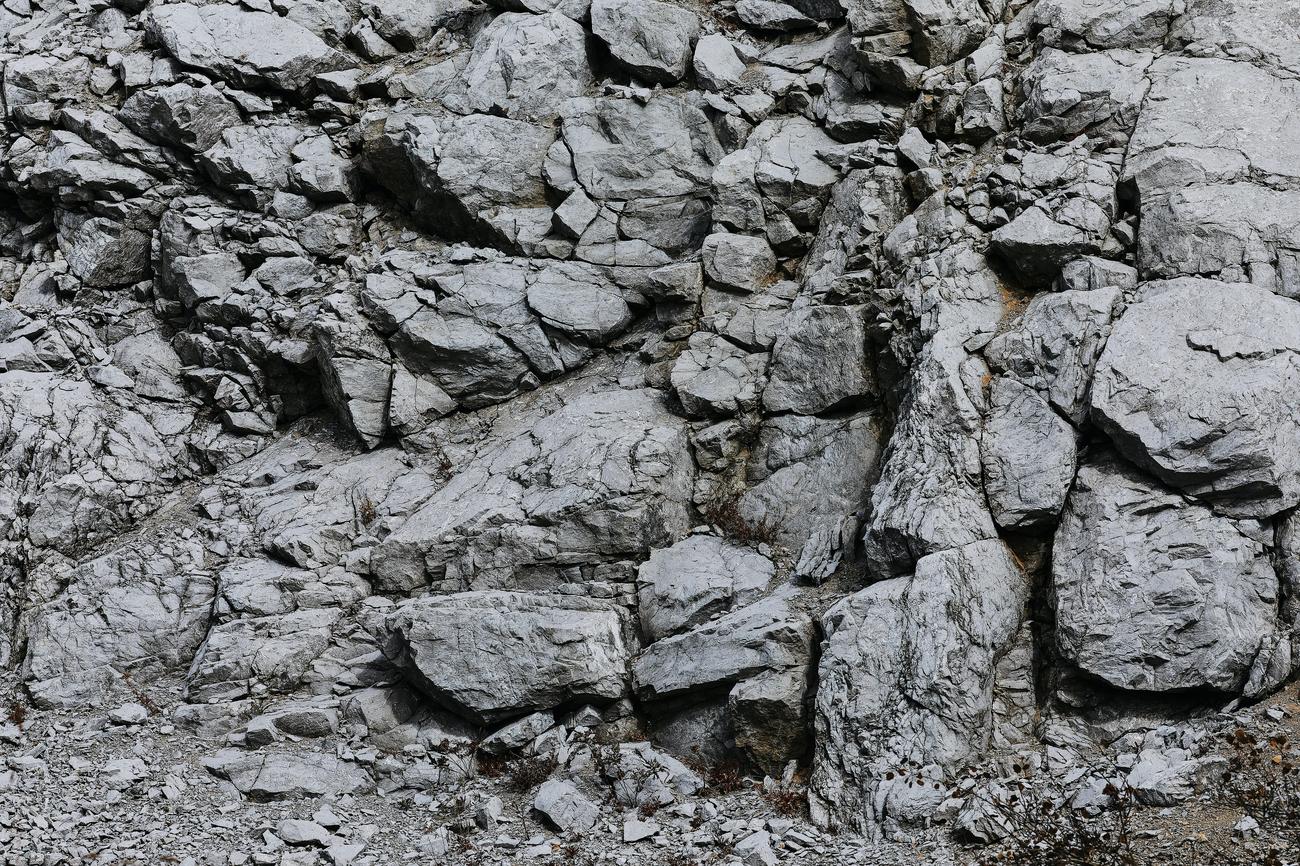Welcome to The Geological Chronicles, where we dive deep into the enigmatic world of Earth’s geological wonders. In this expedition of knowledge, we focus our attention on a majestic rock formation that has stood the test of time: granite. Prepare to be captivated as we unveil the secrets of its age and unravel the mysteries of our planet’s ancient past. Join me on this journey as we embark on an exploration into the age of granite, delving into the fascinating processes that have shaped our world for millions of years.

Age of Granite
Granite, a fascinating rock with a rich history dating back millions of years. In this article, we will dive into the captivating world of granite formations and unveil their age through the lens of geology. Join me as we explore the intricate processes that shape our world and uncover the secrets hidden within these ancient rocks.
- What makes granite special?
Granite is a coarse-grained intrusive igneous rock that captivates geologists and rock enthusiasts alike. Composed primarily of quartz, alkali feldspar, and plagioclase, its composition sets it apart from other rocks. The word “granite” originates from the Latin word “granum,” which means grain. This describes the visible grains that give granite its characteristic coarse-grained structure.
Granite formations display a remarkable resilience, standing as a testament to the immense forces of nature. They form from magma with high silica and alkali metal oxide content that cools and solidifies slowly underground. This slow cooling process allows for the growth of large mineral crystals, giving granite its distinct appearance.
“Granite, with its coarse grains and unique composition, holds the key to uncovering the secrets of Earth’s geological past.”
- A journey through time: Unearthing the age of granite
As a geologist specializing in rock formations, I am equipped with the tools and expertise to decipher the age of granite formations. The age of granite can be determined through meticulous examination of its mineral composition, structural features, and surrounding geological context. These clues help us piece together the puzzle of Earth’s ancient history.
“By analyzing the mineral composition and structure of granite, we can unlock the secrets of its age, offering a window into the distant past of our planet.”
Granitic rocks, including granite, played a significant role in shaping the continents. They were intruded during the Precambrian age, which occurred roughly between 4.6 billion and 541 million years ago. This means that granite formations are a window into the early geological processes that shaped our world. Their distribution throughout the continental crust provides valuable insights into the tectonic forces that have shaped Earth’s surface over billions of years.
- The story within the granite
As we examine granite formations, we uncover a wealth of information about Earth’s history. The mineral assemblage found within granite, consisting primarily of feldspar, quartz, mica, and amphibole minerals, holds vital clues about the conditions under which the rock formed. Each mineral has its own unique set of requirements for formation, allowing us to deduce the environmental conditions present during the rock’s creation.
Furthermore, granite’s natural source of radiation due to the presence of the radioactive isotope potassium-40 provides another valuable tool in dating these formations. By measuring the ratio of its decay product, argon-40, to potassium-40, scientists can estimate the age of the granite accurately.
“Granite formations are like pages from Earth’s geological chronicles, offering insights into the conditions and events that shaped our planet over time.”
- The enduring strength of granite
Beyond its historical significance, granite’s physical properties make it a sought-after material in various industries. With an average density between 2.65 and 2.75 g/cm and a compressive strength typically above 200 MPa, granite stands as a resilient and durable rock. These qualities make it particularly suitable for use as a building material, countertops, and decorative purposes.
“The enduring strength of granite, both in its geological significance and its practical applications, highlights its importance in our world.”
Granite’s secondary permeability, which is facilitated through cracks and fractures, allows for increased water flow, enhancing its suitability for aquifer systems. These permeable pathways play a vital role in water management and groundwater studies.
- Conclusion
In the vast tapestry of Earth’s geological history, granite formations serve as a fascinating chapter. By deciphering their age through comprehensive analysis, we gain a deeper understanding of our planet’s past. From the enduring strength of granite to its role in shaping our continents, these rocks hold valuable insights waiting to be discovered. So join me on this geological journey, as we continue to unravel the age-old mysteries hidden within the embrace of granite.
“Through the age of granite, we peel back the layers of time, revealing the captivating story of our planet’s past.”
Granite is a material that has fascinated humanity for centuries. It is not only renowned for its durability and strength but also for its timeless beauty. If you have ever wondered “How old is granite?” then you are in luck. We have the answer for you! Click here to uncover the fascinating history of granite and learn about its formation and age. So, if you are curious about the ancient origins of this majestic stone, don’t miss out on this intriguing article.

FAQ
Question 1
What is granite made of?
Answer 1
Granite is composed mostly of quartz, alkali feldspar, and plagioclase. It also contains smaller amounts of mica and amphibole minerals.
Question 2
How does granite form?
Answer 2
Granite forms from magma with a high content of silica and alkali metal oxides that slowly cools and solidifies underground. This process is known as intrusive igneous rock formation.
Question 3
Where is granite commonly found?
Answer 3
Granite is common in the continental crust of Earth. It is widely distributed throughout the continental crust and was intruded during the Precambrian age.
Question 4
What is the significance of the name “granite”?
Answer 4
The word “granite” comes from the Latin word “granum,” meaning grain. This refers to its coarse-grained structure, which is characterized by visible grains of various minerals.
Question 5
Does granite possess any unique properties?
Answer 5
Yes, granite has several notable properties. It is a natural source of radiation due to the presence of the radioactive isotope potassium-40. It also has a high density, ranging between 2.65 and 2.75 g/cm, and typically exhibits a compressive strength above 200 MPa. Although granite has poor primary permeability, it has strong secondary permeability through cracks and fractures. Outcrops of granite tend to form tors, domes, bornhardts, and rounded massifs.
- Unlock 6000+ words beginning with he: A comprehensive analysis - April 20, 2025
- Mastering -al Words: A Complete Guide - April 20, 2025
- Master Scrabble: High-Scoring BAR Words Now - April 20, 2025
















